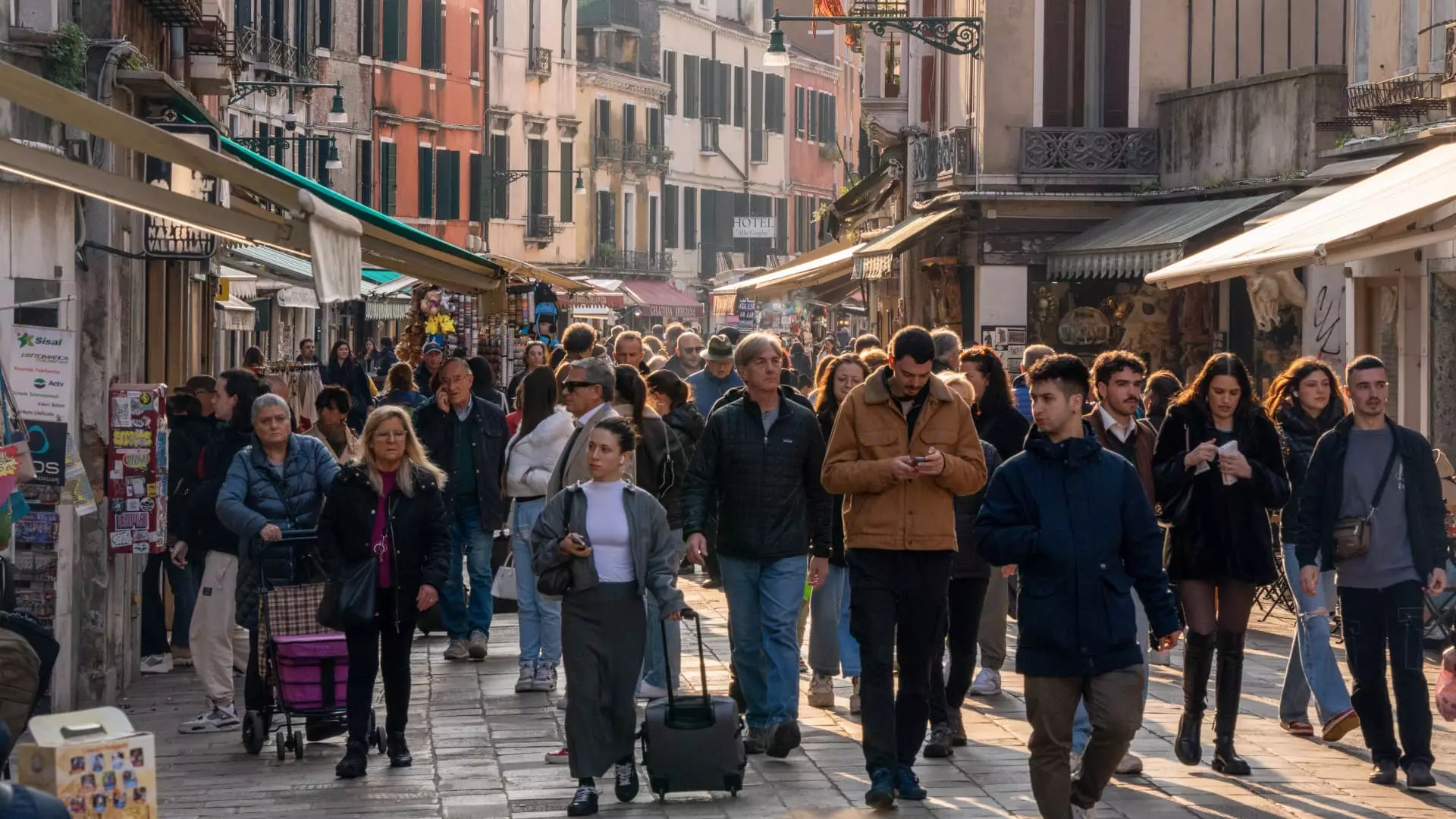Italy, a country renowned for its art, history, and picturesque landscapes, is currently facing a major crisis due to overtourism. With millions of tourists flocking to popular destinations like Lake Como, Venice, and Milan, the strain on infrastructure and services is becoming increasingly evident.
One of the key issues resulting from overtourism in Italy is the strain it puts on the existing infrastructure. Narrow roads, limited parking spaces, and inadequate public transportation have made it increasingly challenging for both locals and tourists to navigate popular cities and tourist spots. Boat drivers in Lake Como lament about the traffic congestion that often brings the entire area to a standstill, highlighting the urgency of finding sustainable solutions to manage the influx of visitors.
In addition to the strain on infrastructure, Italy is also grappling with a shortage of services to accommodate the growing number of tourists. The hospitality sector, in particular, is facing a significant shortage of staff, with hotels and restaurants struggling to find chefs, waiters, and other essential personnel. This shortage not only impacts the quality of service provided to tourists but also poses a threat to the overall tourism experience in the country.
As the demand for travel to Italy continues to surge, the costs associated with visiting popular attractions and dining at renowned establishments have also increased. From exorbitant rental prices for luxury villas to inflated taxi fares, tourists are finding it increasingly challenging to enjoy the country’s offerings without breaking the bank. Furthermore, limited accessibility to certain attractions due to overcrowding and reservation constraints has further exacerbated the issue, making it harder for visitors to have a seamless travel experience.
Transportation Woes
Transportation has emerged as a significant concern for both locals and tourists in Italy, with overcrowded roads and limited taxi services hindering mobility. In cities like Milan, the lack of reliable public transportation options has led to a surge in demand for private taxi services, resulting in exorbitant fares and longer waiting times. Additionally, the introduction of ride-sharing services like Uber has sparked controversy among traditional taxi drivers, further intensifying the transportation woes in the country.
To address the challenges posed by overtourism, Italy must consider implementing sustainable solutions that prioritize the well-being of both tourists and residents. This could involve investing in improved infrastructure, promoting off-the-beaten-path destinations, and implementing regulations to manage visitor numbers at popular attractions. By striking a balance between promoting tourism and preserving the country’s cultural heritage, Italy can create a more sustainable and enjoyable experience for all visitors.
The issue of overtourism in Italy is a complex and multifaceted challenge that requires careful planning and collaboration between stakeholders. By addressing the root causes of overtourism and implementing sustainable solutions, Italy can continue to attract visitors from around the world while preserving its rich cultural heritage for future generations.

